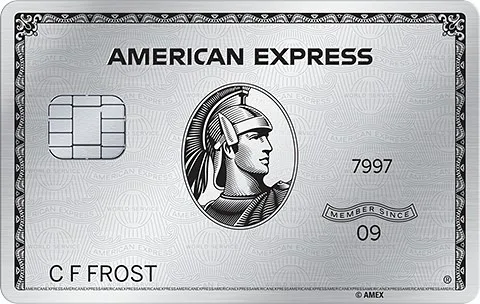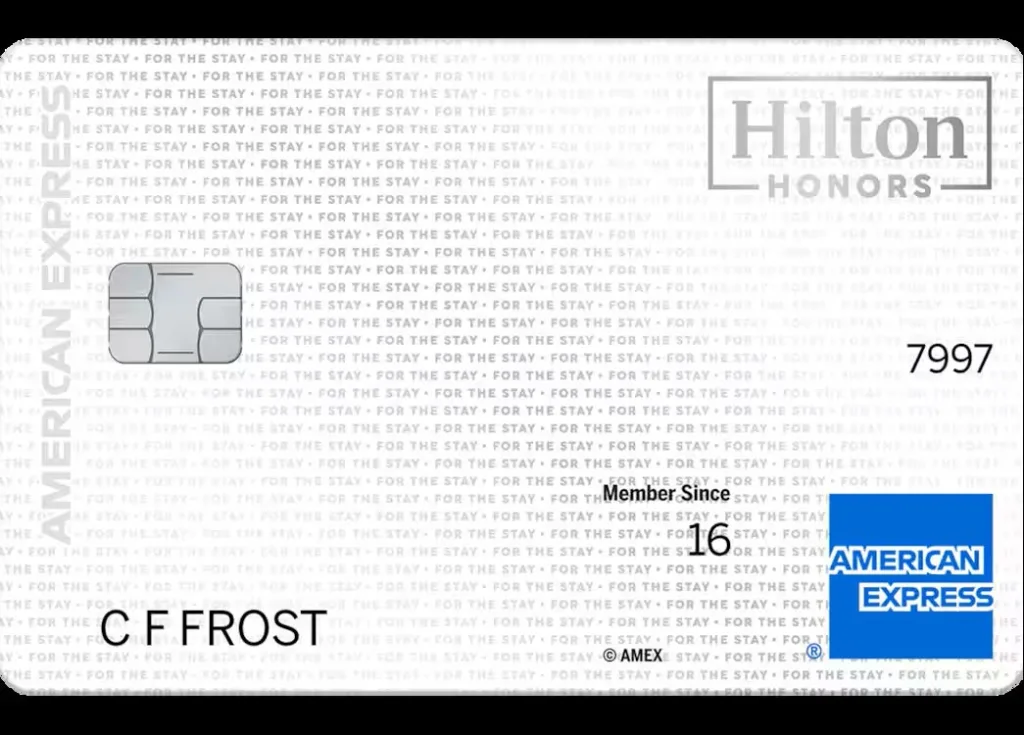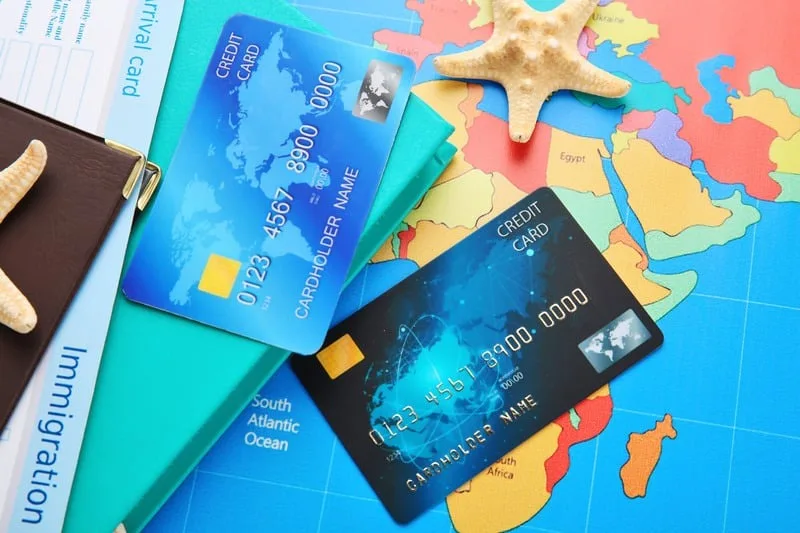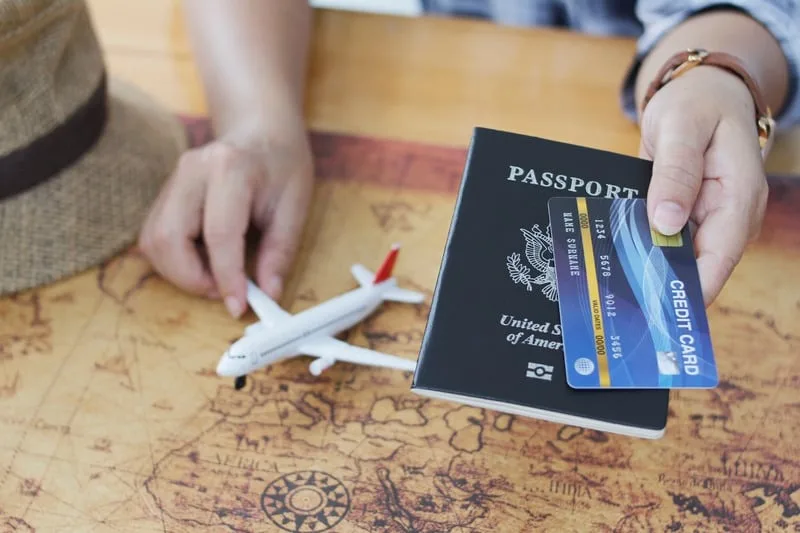What Is the Best Travel Credit Card? Top Picks 2025
What Is the Best Travel Credit Card? Traveling is one of my favorite ways to explore new cultures, try amazing food, and collect unforgettable memories.
Over the years, I’ve realized that the right travel credit card can transform a good trip into an incredible experience.
From earning points on flights and hotels to gaining access to exclusive airport lounges, a travel rewards card is like having a personal travel assistant in your wallet.
In this guide, I’ll walk you through my top picks for travel credit cards, explain how they work, and show you how to maximize rewards whether you’re traveling in the USA, Canada, or the Philippines.
I’ll also provide practical tips, personal anecdotes, and comparisons so you can choose the card that best fits your lifestyle and budget.

Why Travel Credit Cards Are Worth It?
Travel credit cards aren’t just for frequent flyers or luxury travelers. Even if you take a few trips a year, the right card can:
- Earn points or miles on every purchase, turning everyday spending into free travel.
- Offer sign-up bonuses worth hundreds of dollars in flights or hotel stays.
- Provide perks like airport lounge access, free checked bags, and travel insurance.
- Save money on foreign transaction fees, which can add up fast on international trips.
When I first traveled to Toronto, Canada, I used a card with no foreign transaction fees. I saved around $50 just on currency conversion alone!
My Top Picks for Travel Credit Cards
Based on my travel experiences and research, here are the cards that I recommend for different types of travelers.
1. Chase Sapphire Reserve®: Best for Premium Rewards

If you’re willing to invest in a card with a $795 annual fee, the Chase Sapphire Reserve® gives unparalleled value.
Why I love it:
- 125,000 bonus points after spending $6,000 in the first 3 months.
- 4x points on flights and hotels, 3x on dining, and 1x on everything else.
- $300 annual travel credit, which offsets a big part of the fee.
- Airport lounge access through Priority Pass™ Select.
- Reimburses Global Entry or TSA PreCheck fees.
I used this card on a trip to Vancouver, Canada, booking flights and hotels directly. The points I earned practically covered my return flights!
Who it’s for: Frequent travelers who want premium perks and are willing to pay a higher annual fee.
2. American Express Platinum Card®: Best for Luxury Perks

For travelers seeking first-class treatment, the Amex Platinum offers incredible lounge access, hotel upgrades, and concierge services.
Key benefits:
- Access to The Centurion® Lounge network worldwide.
- Room upgrades, early check-in, late check-out at select hotels.
- Credits for spa treatments, dining, and resort activities.
I remember using this card in Manila’s airport lounges before a long flight—being able to relax, eat, and work efficiently made the trip much more enjoyable.
Who it’s for: Luxury travelers who prioritize comfort and perks over the annual fee.
3. Chase Sapphire Preferred®: Best for Entry-Level Travel

This card is perfect for travelers just starting their journey with a $95 annual fee.
Highlights:
- 75,000 bonus points after spending $5,000 in 3 months.
- Points transferable to hotel and airline partners.
- 2x points on travel and dining, 1x on everything else.
During my first trip to Quezon City, Philippines, this card covered most of my hotel costs through points redemption.
Who it’s for: Travelers who want high rewards without breaking the bank.
4. Capital One Venture Rewards Credit Card Best for Simple Rewards

This card makes travel rewards simple: 2 miles per $1 spent on everything, plus 5 miles per $1 on hotels, vacation rentals, and rental cars booked through Capital One Travel.
Benefits:
- 75,000 bonus miles after spending $4,000 in 3 months.
- Redeem miles easily for statement credits against travel purchases.
- $95 annual fee.
I used this card in Orlando, USA, for a combination of hotel and flight purchases—it made redeeming miles easy without worrying about complicated point categories.
5. Bank of America® Travel Rewards: Best for No Annual Fee

For budget-conscious travelers, this card provides 25,000 bonus points after $1,000 in purchases during the first 90 days.
Highlights:
- 1.5 points per $1 on all purchases.
- No foreign transaction fees.
- No annual fee.
I relied on this card while traveling in Cebu, Philippines. Even without an annual fee, the points helped cover local flights and hotel stays.
6. United℠ Explorer Card: Best for Airline Rewards

Perfect for United Airlines flyers:
- 60,000 bonus miles after $3,000 spent in 3 months.
- Free checked bag and priority boarding.
- Two United Club℠ passes each year.
I used this card on a trip from Los Angeles to Toronto. The free checked bag saved me around $60, and priority boarding made travel stress-free.
7. Hilton Honors American Express Card: Best for Hotels

If hotel stays are your priority:
- 100,000 Hilton bonus points after spending $2,000 in 6 months.
- Earn 7 points per $1 at Hilton properties.
- Complimentary Silver Status for upgrades and late checkouts.
I used this card for multiple stays in Toronto and Manila, enjoying complimentary upgrades and free breakfast perks.
Country notes: Canada & Philippines (how my choices change regionally)

What is the best travel credit card in Canada?
Canadian cards differ in rewards structure and partner availability. From my trips to Toronto and Vancouver:
- Amex Cobalt exceptional for food/dining and everyday spend (if you have access to AMEX widely).
- Scotiabank / BMO premium cards (e.g., BMO Ascend World Elite) often compete closely with US premium cards for lounge access and travel credits.
- Why: Transfer partners and hotel co-brands (Air Canada / Scene+ / Amex partners) make these cards more valuable when your travel is Canada-centric.
My tip: Pick a Canadian card that converts to a loyalty program you actually use (Air Canada Aeroplan or hotel chains) — transferability wins.
What is the best travel credit card in the Philippines?
When I travel across Manila, Cebu, and beyond, I found local bank cards (BPI, Metrobank, BDO) and certain co-branded airline options more practical:
- Local premium cards often give better welcome bonuses and local partner discounts.
- Philippine credit card practicality: acceptance is strong for Visa/Mastercard; Amex less so in rural/provincial vendors.
- My tip: If you have regular trips within the Philippines or to nearby Asian hubs, prioritize cards with local airline transfer partners and useful travel insurance.
How to pick the best travel credit card for you (step-by-step)?
Choosing the right travel credit card becomes much easier when you break the process into simple steps. Here’s exactly how I evaluate my own cards so you can do the same with confidence.
- Audit your spending: track 3 months: travel, dining, groceries, gas. Which categories dominate?
- Decide what you value: free checked bag? Lounge access? Transfer partners? No FX fees?
- Pick 1 primary + 1 secondary card: I always carry a premium and a no-fee/flat card for backups.
- Plan to hit the sign-up bonus ethically: charge planned larger expenses (bills, taxes, upcoming travel) but never overspend to chase a bonus.
- Use credits fully: set calendar reminders to redeem/activate credits before they expire.
- Rotate or keep: if you value long-term perks (upgrades, status), keep cards longer. If you chase bonuses, plan applications strategically to avoid issuer rules (e.g., Chase 5/24).

Tricks I use to squeeze extra value (practical playbook)
These are simple, high-impact strategies I use personally to get more rewards, cheaper flights, and more value from every travel card I carry.
- Stack portals and partner promos: Book through the issuer travel portal when it increases value, but transfer to partners for award sweet spots.
- Use category bonuses: Charge dining, streaming, and groceries to the cards that pay the most. For example, Amex Gold for groceries/dining.
- Buy gift cards during bonus promos (if safe/legal in your terms) to meet spend thresholds without changing habits.
- Apply for Global Entry/TSA PreCheck through card credits to save time and money long term.
- Book awards for off-peak dates: award charts and dynamic pricing reward flexibility.
The dark side: pitfalls and how to avoid them
Travel cards offer huge perks, but they also have traps that can erase your gains if you’re not careful. Here are the most common mistakes I’ve seen and how to avoid them.
- Carrying a balance: interest rates destroy rewards value. Always pay in full.
- Ignoring FX fees: a 3% fee on every foreign purchase wipes out many point gains.
- Not reading the fine print: some credits and lounge access are limited or require enrollment.
- Overextending credit applications: too many inquiries can lower approval odds and credit score.
FAQ’s
Q: What is the best travel credit card to get?
A: For most U.S. residents, Chase Sapphire Preferred is the best starting point because of its balanced annual fee, transferable points, and strong bonus. If you travel frequently and want lounges/credits, consider Chase Sapphire Reserve or Capital One Venture X.
Q: What is the best travel credit card in Canada?
A: There’s no single winner for everyone — Amex Cobalt and BMO Ascend World Elite are top contenders depending on whether you favor dining/grocery bonuses or broad travel benefits and lounge access. Match the card to your loyalty program (Air Canada Aeroplan, Scene+, etc.).
Q: What is the best travel credit card in the Philippines?
A: Local bank premium cards (BPI, Metrobank, BDO) and co-branded airline cards (PAL, Cebu Pacific partnerships) typically offer the most practical value for frequent Philippines-based travelers. Prioritize acceptance and local transfer partners.
Q: What is the best travel credit card for rewards?
A: Cards that allow transfer to airline & hotel partners (Chase Ultimate Rewards, Amex Membership Rewards) usually give you the highest redemption value per point if you use the transfer strategy well. Examples: Chase Sapphire Preferred, Amex Gold/Platinum.
Q: What is the best travel credit card with no annual fee?
A: Bank of America Travel Rewards, Chase Freedom Unlimited® (paired with a Sapphire product), and some issuer no-fee airline/hotel cards are excellent no-fee options.
Q: What is the best travel credit card for me?
A: Audit your spending, pick a primary card that rewards your top categories, and add a backup no-fee card for international use. If you tell me where you live and your top 3 spending categories (e.g., dining, groceries, travel), I’ll give you a tailored recommendation.
Final thoughts: my personal stack and why I use it
Here’s my current travel stack and the reasons I keep each card:
- Primary flexible card: Chase Sapphire Preferred flexible transfer partners and strong everyday value.
- Premium/lounge card: Chase Sapphire Reserve for months with heavy travel and lounge perks.
- Every day, high-earning: Amex Gold massive dining & supermarket categories.
- No-fee backup: Bank of America Travel Rewards for small foreign purchases and an easy fallback.
That stack covers lounge comfort, transferable points for outsized redemptions, dining/grocery acceleration, and a no-fee safety net. Adjust the stack to your travel frequency and local market (Canada/Philippines) and you’ll squeeze the most travel value from your spending.






